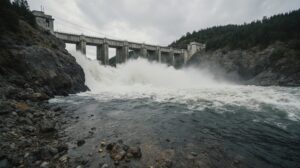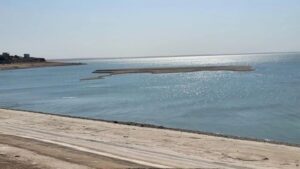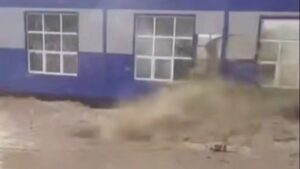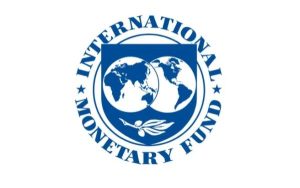By 2040, irrigated farmland in Central Asia is projected to expand to 10.6mn hectares. Uzbekistan will account for 4.3mn hectares (41%), while Kazakhstan will cover 2.7mn hectares (26%), according to national development programs. This agricultural shift is expected to significantly increase demand for irrigation technology.
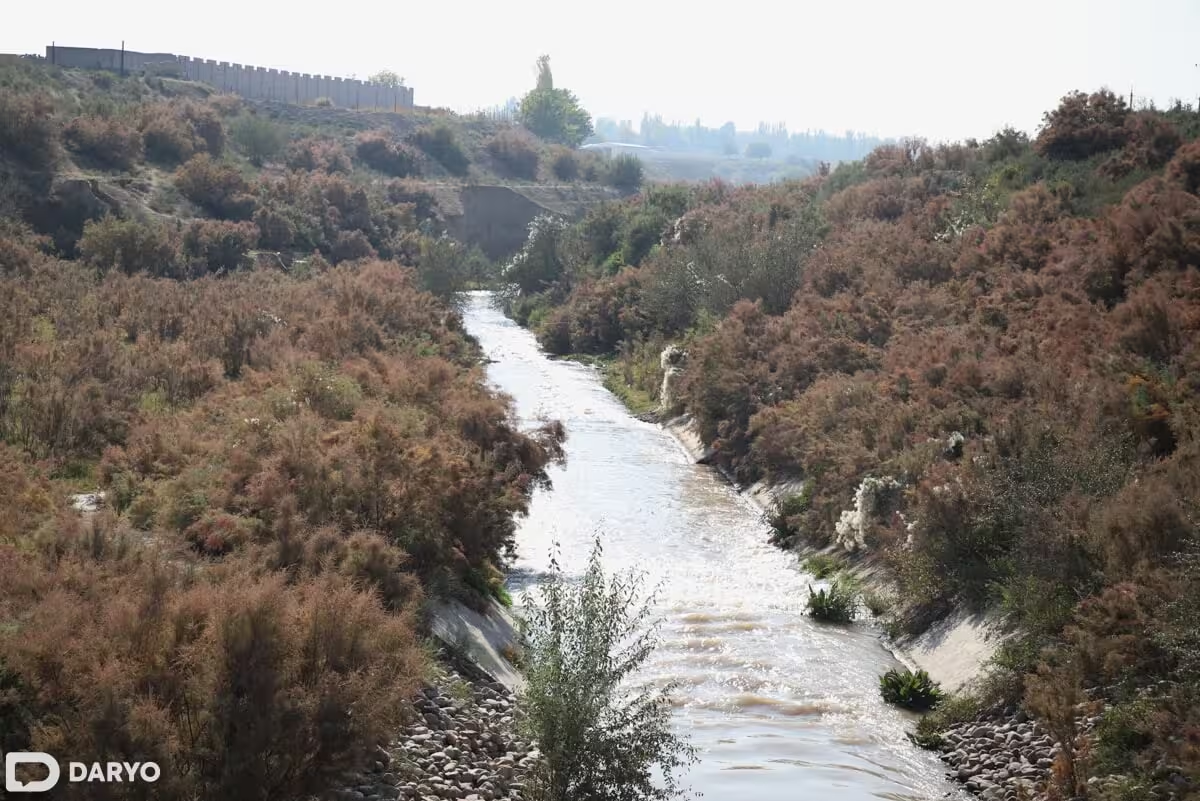
Joint research by the Eurasian Development Bank (EDB) and the United Nations Industrial Development Organization (UNIDO) estimates that from 2026 to 2040, the region will require approximately 2mn units of irrigation equipment. Uzbekistan and Kazakhstan will collectively account for around 82% of that demand, highlighting their central role in the sector’s evolution.
Demand is expected to surge in advanced irrigation technologies. Drip irrigation systems are projected to reach 180,500 units, while sprinkler machines could hit 102,500 units by 2040. Traditional surface irrigation systems will still play a role due to the region’s land characteristics, but modern systems are set to dominate new installations.
The current market, valued between $130–200mn annually, relies heavily on imports—over 90% of equipment is sourced from abroad. However, this is set to change. As regional governments push for modernization, they are offering both financial and non-financial support to local farmers. Plans are also underway to introduce production incentives and localize irrigation equipment manufacturing, which could generate up to $426mn in annual domestic production.
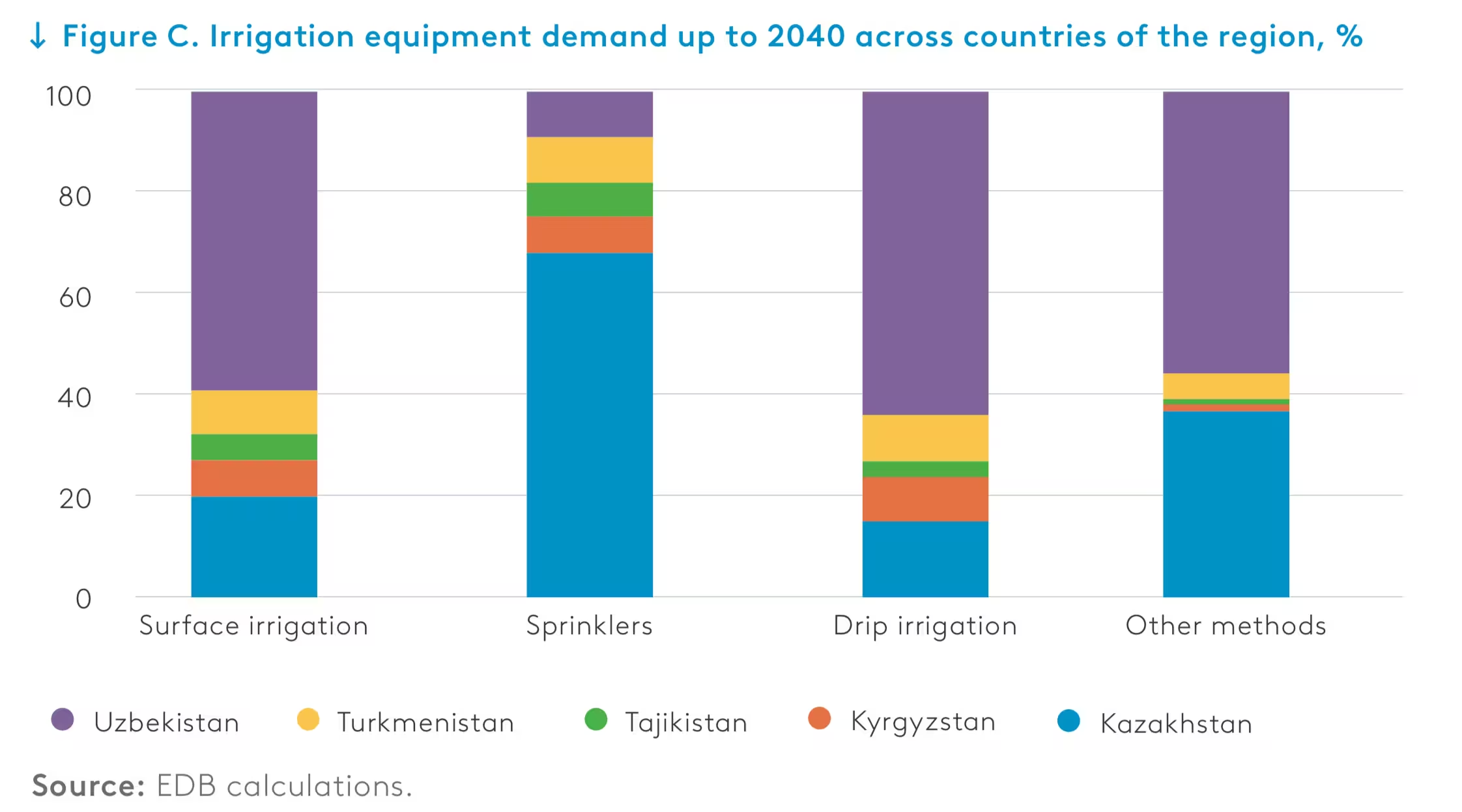
Sprinkler and drip irrigation equipment markets are expected to reach $114mn and $220mn annually, respectively. The report suggests that developing a local manufacturing base could reduce import dependence, create new jobs, and enhance the investment climate across the region.
To support this transition, the report advocates for a cluster-based development model. This involves a three-stage approach: building sufficient production capacity, forming interconnected production clusters, and integrating international standards. Key policy recommendations include:
- Enhancing state support for producers and users of irrigation technologies,
- Promoting the digitalization of water resource management,
- Expanding training and educational programs in irrigation systems.
A joint Kazakh-Uzbek industrial project—the International Center for Industrial Cooperation ‘Central Asia’—is already underway. Construction is set to begin in March 2025. Uzbekistan has granted the center special economic zone (SEZ) status, which will play a crucial role in attracting investment and fostering a localized irrigation equipment industry.
The EDB and UNIDO emphasize that establishing a regional irrigation equipment sector is both a response to escalating water challenges and a long-term opportunity to strengthen Central Asia’s industrial base.
